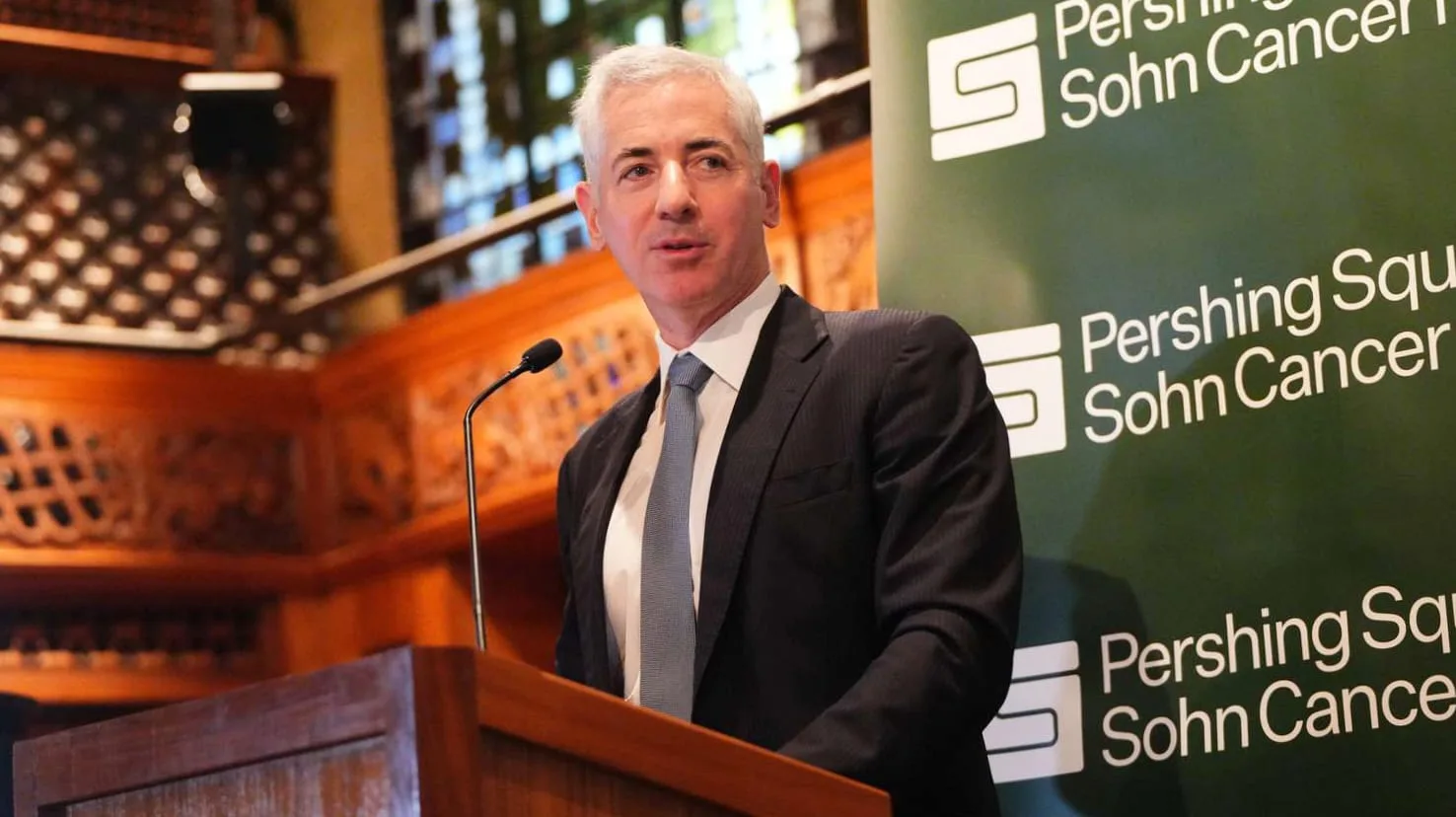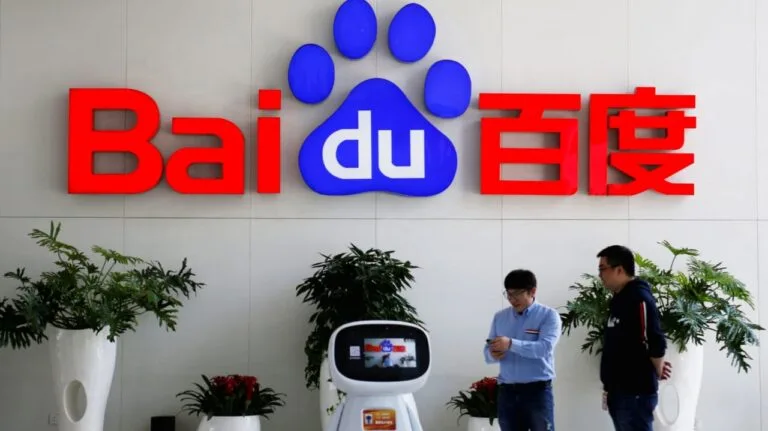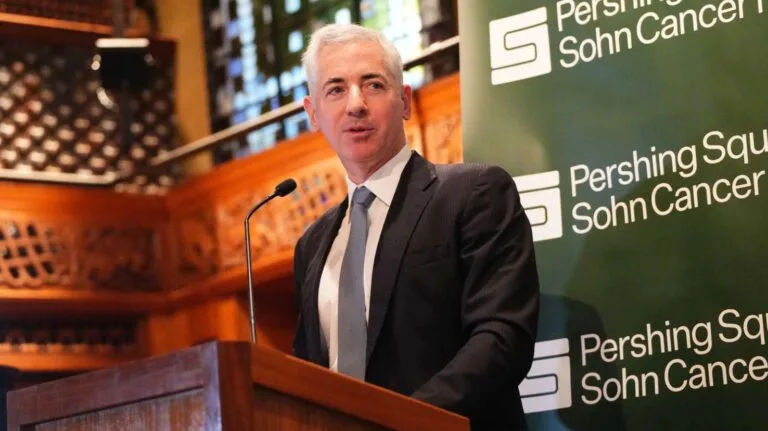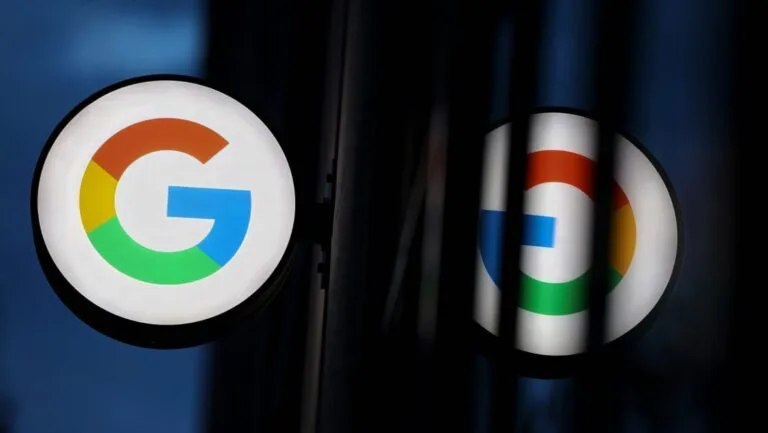
Bill Ackman outlining Pershing Square’s dual IPO strategy.
Bill Ackman dual IPO, the Superstar of Activist Investing
Do you know Bill Ackman? He’s one of America’s top activist investors. He was born in 1966. After earning an MBA from Harvard Business School, he entered the investing world in the 1980s, initially working at firms like Gosbeck & Co. But real fame came when he started his own firm. Ackman’s style is unique. He buys stakes in companies and then pressures management to change. Meaning, he doesn’t just hold shares—he brings about change. For example, in 2012, he short-sold Herbalife, claiming the company was a pyramid scheme. This battle culminated with Mark Cuban, who took a long position. Ultimately, Ackman conceded defeat, but his fight made him a star, along with another major case: Target Corporation in 2013. He asked for a seat on the board and suggested changes. The result: Target sold itself. Ackman made a profit.
Pershing Square’s journey from 2004 to now
Pershing Square Capital Management was founded in January 2004 by Bill Ackman in New York. Initially, it was a small hedge fund. Its focus was on value investing, but it looked for undervalued companies. Then, it unlocked value through an activist approach. Why is the company named “Pershing”? It’s inspired by General John Pershing, a World War I hero. Ackman enjoys strategic thinking. Today, Pershing Square manages approximately $19 billion in assets. He keeps his portfolio small, with only 12-15 stocks. This is a concentrated approach. Examples: HouseDepot, Chipotle, Google (Alphabet), and Restaurant Brands. Performance? Mixed. From 2004-2015, Ackman delivered impressive returns, averaging 20% annually, but in 2015-2017, losses occurred. Bets like Wells Fargo and Herbalife failed.
What’s the special feature of the dual public offering plan?
Now, let’s get to the main topic. According to a WSJ report, Ackman plans to simultaneously public both Pershing Square Capital Management (the management firm) and a new fund, Pershing Square USA. The timeline is the first quarter of 2026. These are preliminary discussions, depending on market conditions. If delayed, it could happen later. But first, let’s understand the new fund. Pershing Square USA will be a closed-end investment fund. It will be listed on the New York Stock Exchange (NYSE). What will investors receive? Investing in the fund will include free shares of Pershing Square Management Company. Partners can gift up to 10% of the shares. This is an incentive, meaning retail investors will be attracted. Ackman’s popular image and connections to Trump and Musk will all help. Secondly, an IPO of the management company is rare. After this, most hedge funds remain private. However, private equity firms like Blackstone and KKR are public. If Pershing goes public, will it create a new model for hedge funds? What structure? Details are not yet clear. But reports say it will be simultaneous.
Valuation and Size: How Big a Deal?
The 2024 stake sale was valued at $10.5 billion, but now reports suggest it could be even higher. Why? The market is in a bull run, and Pershing’s performance is strong. It has $19.3 billion in AUM (assets under management). If 10% of its shares are available for free, the total value could reach $12-15 billion. How much will the new fund raise? It’s estimated at $5-10 billion. It will be USA-focused. Existing holdings are for European investors, which will increase retail access to the USA fund. The deal could be worth upwards of $20 billion, but this is speculation. Final figures will be released at the time of the IPO. The advantage for Ackman? Liquidity. He and his partners will be able to cash out shares. Additionally, there will be growth through new capital raises, which Pershing’s AUM is projected to increase by 20% in 2025. The IPO will boost this growth.
Why Market Context Now for Bill Ackman dual IPO?
The market is hot in 2025. The S&P 500 is up 25%, thanks to the AI boom, interest rate cuts, and everything is positive. The IPO market is reviving. IPOs like Reddit and Arm Holdings have been successful. Ackman’s timing seems smart. However, hedge funds have a mixed record, with Man Group (a British hedge fund) seeing three negative years in four years. Pershing Holdings is up, but volatile. The activist style is risky. One wrong bet could lead to losses. And Trump’s returns? Ackman is a Trump supporter. If policies are favorable, there will be a boost. Tax cuts, deregulation, which will suit hedge funds, which will then recover from 2018. During the pandemic in 2020, he invested in Apple and Alphabet. The result? A 70% return in 2021. So by 2025, his flagship fund, Pershing Square Holdings, listed in London, is up 21%.
Risks and Challenges: What Could Go Wrong?
Every plan has risks. First, market volatility. If a recession hits in 2026, the IPO could flop. Second, hedge funds’ unpredictable earnings. Performance fees are variable. Public investors want stable growth. Third, regulatory hurdles. SEC approval is required. Closed-end funds trade at a discount, so holdings sometimes trade below NAV. This could be an issue with USA Funds, as well as Ackman’s personal controversy. His tweets are controversial. It’s a risk. Some investors may shy away from it. He played a role in the Harvard president’s resignation in 2023. This could bring negative publicity. Nevertheless, Ackman’s track record is strong. He takes risks, but also reaps significant rewards. Ackman’s net worth? According to Forbes, he is expected to be worth over $4 billion in 2025. But his real power comes from Pershing Square. Let’s hear his story now.
What it means for investors on Bill Ackman dual IPO
If you’re an investor, this is an opportunity. Retail investors will gain access to hedge funds. Free shares make entry easy, but the risk is high. A concentrated portfolio means higher volatility. For institutional investors, diversification is a choice. Pershing’s activist approach differs from passive index funds. If you prefer value investing, which would suit Indian investors? Listed on the NYSE, it can be traded on global exchanges. But watch out for currency risk and tax issues. Comparison: Blackstone’s $100 billion+ market cap compared to other public hedge funds. Private equity focus. Stable fees. KKR: Similar, but diversified. Among hedge funds, Man Group is public but struggling. Pershing’s edge? Ackman’s branding. Retail appeal from social media. Holdings’ 17% YTD return is strong.




